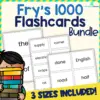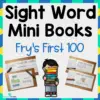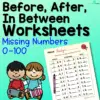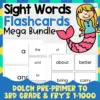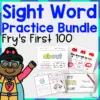Preschoolers love anything that keeps their minds and hands busy. So adding fun ways to practice essential skills is a sure-fire way to help young kids learn. When working with numbers, you can practice number recognition, counting, one-to-one correspondence, number order, and more.
If you are a parent or teacher of young kids, you may be looking for some great ways to help your preschooler(s) with their numbers. We’ve tracked down some of the best number activities for preschoolers and added them here to make things easier for you.
Top Preschool Number Activities
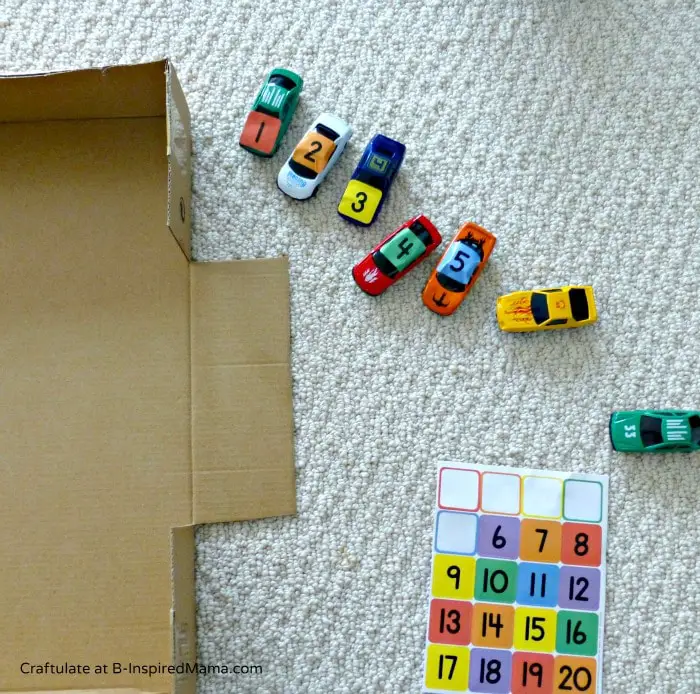
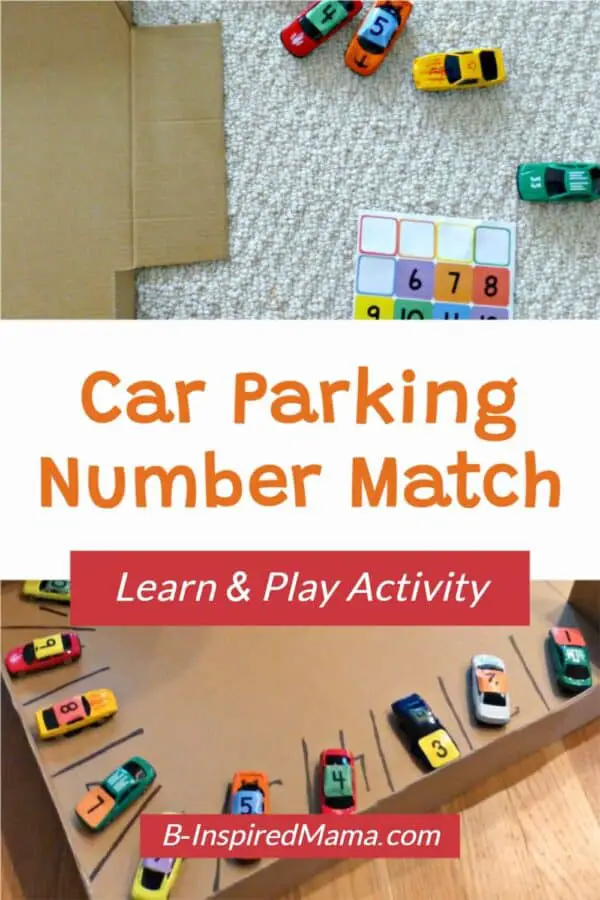
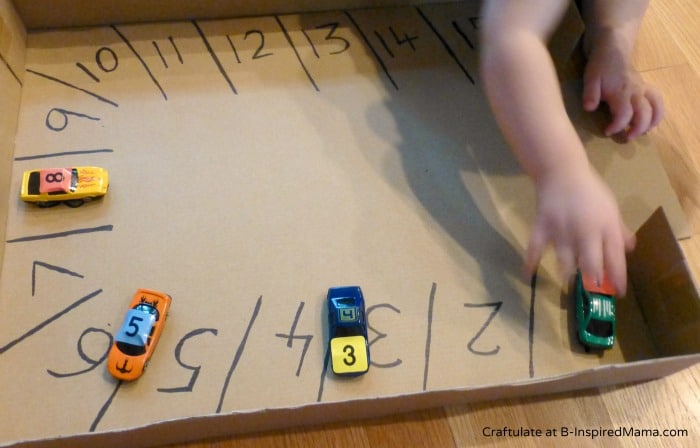
Let kids park their cars by matching the numbers to their appropriate spots. This serves as a matching activity as well as a number recognition activity. Young kids can match the numbers and park the cars, as well as read off each number. Use up to 15 numbers to challenge kids and increase number recognition.
Setup for this parking number match from b-inspiredmama.com is super easy. Just get a piece of cardboard or some paper, write the numbers you want to use (these can be in order or random depending on what your child is practicing), and some toy cars. Use numbered stickers, tape, or a marker to assign each car its own number. Draw lines to create parking spaces on the paper or cardboard. Then, mix up the cars and let the child find where they belong.
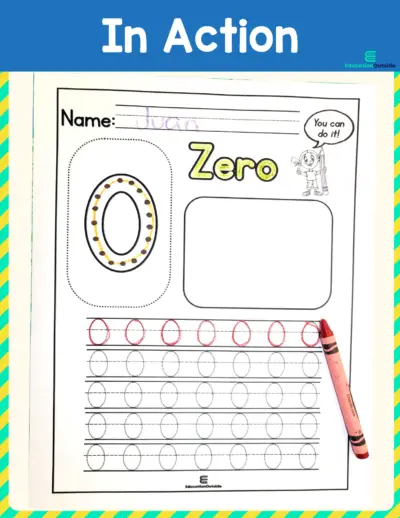
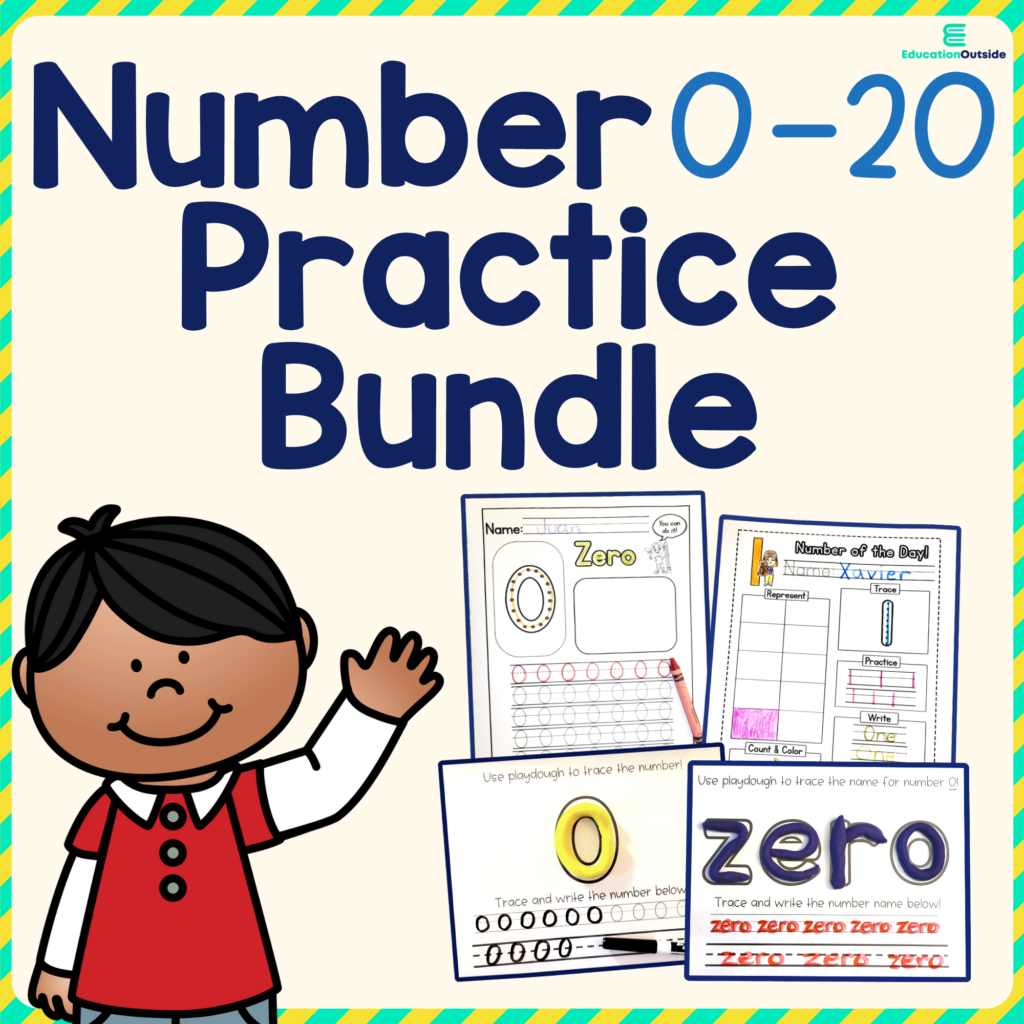
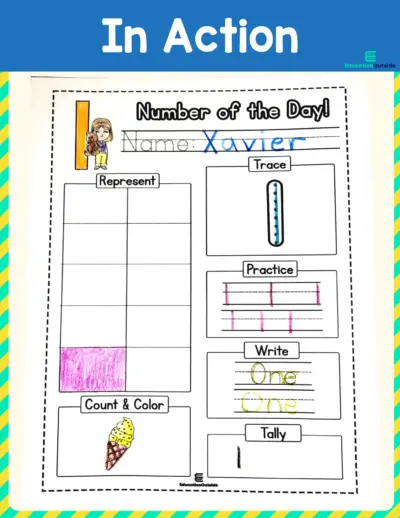
Purchase FromTeachers Pay Teachers
For an easy, on-the-go, anywhere number practice, worksheets are a fabulous option. This set of number worksheets from EducationOutside feature 4 different activities to entertain young kids. This includes playdough mats for both number name and the number, number of the day practice, and number tracing sheets to choose from.
Print these off and you’re ready to go. This is a no-fuss, easy way to give kids practice with the numbers 0-20. Create a book or work through one number at a time. Kids will enjoy the interactive activities and you’ll appreciate the convenience of printing when you need them.



Adding a tactile component can create new connections in the brain and help kids learn and recall numbers better. Using a salt tray is a safe, easy way to practice numbers. Best of all, if they make a mistake, it’s easy to erase and try again. Focus on a few numbers at a time and build as your child learns more. This salt tray idea from LearnToPlayAtHome.com is a great tool to use in a variety of ways.
Find a flat, rectangular dish you can add salt to. Add a thick layer of salt to the bottom of the dish. Cut paper or index cards and write numbers or objects to count on the cards. Have the child draw a card, place it in the pan, and write the number using their finger or the end of a paintbrush. Shake the pan to “erase” the number and start again. You can even use multiple cards and have your child add the 2 cards together to increase the difficulty.
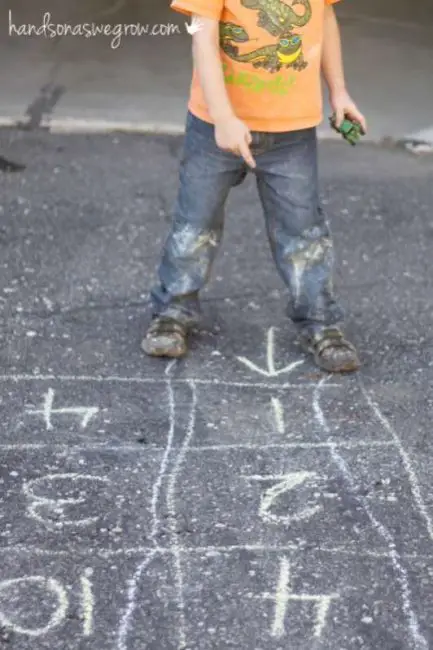
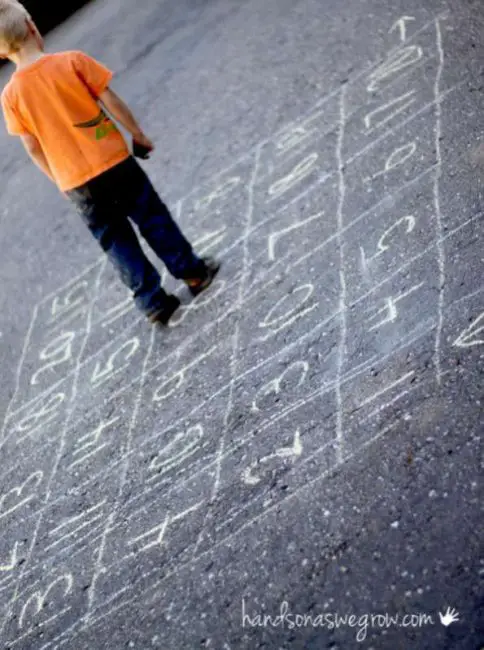
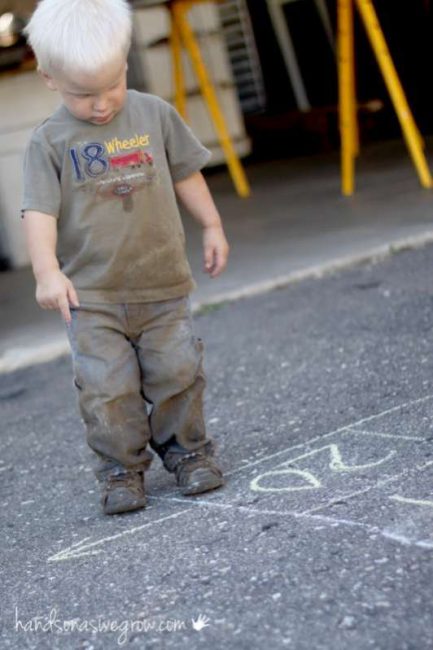
The simple things are sometimes the most fun. All this number maze activity from HandsOnAsWeGrow requires is a sidewalk or driveway and some ordinary chalk. Kids love to have a little bit of a challenge and you can make this maze as easy or difficult as you want.
First, draw a grid. The size of the grid depends on your child’s skill level. If working on numbers 1-10, draw a 10-space grid. If you want to work with higher numbers, draw a 20-space grid. Now, write one number in each space. Your child will need to follow the numbers in sequential order so the next correct number needs to be next to, above, or below. It many be easiest to start with writing the sequential numbers and then go back and add random numbers to the remaining spaces.
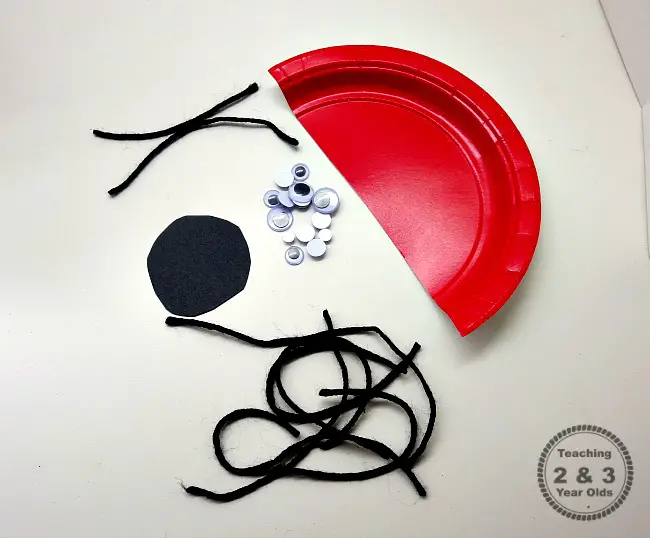
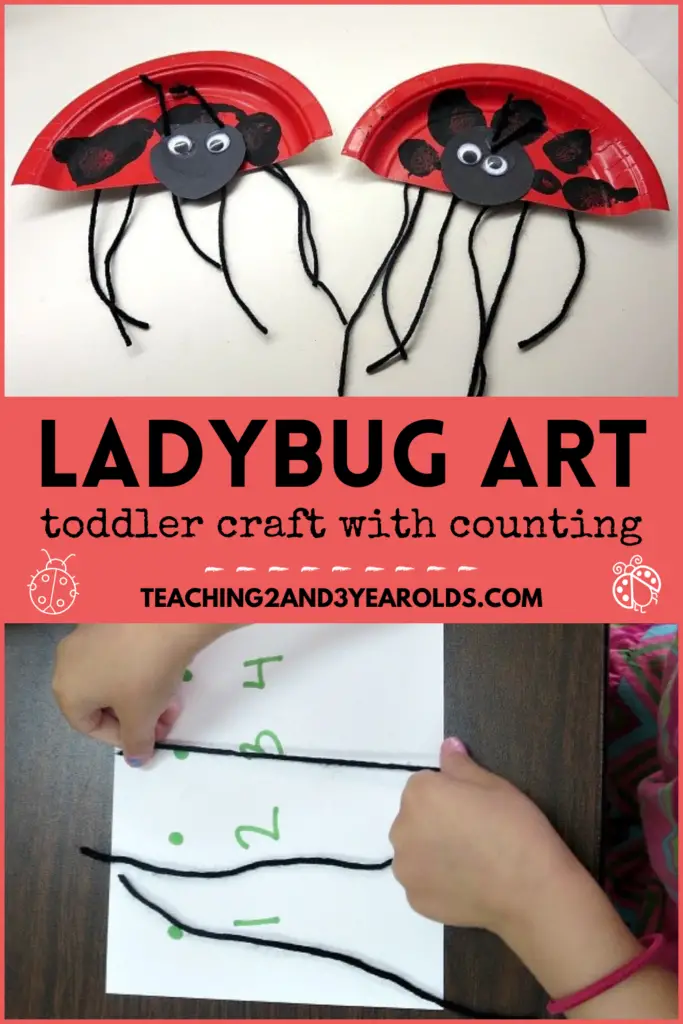
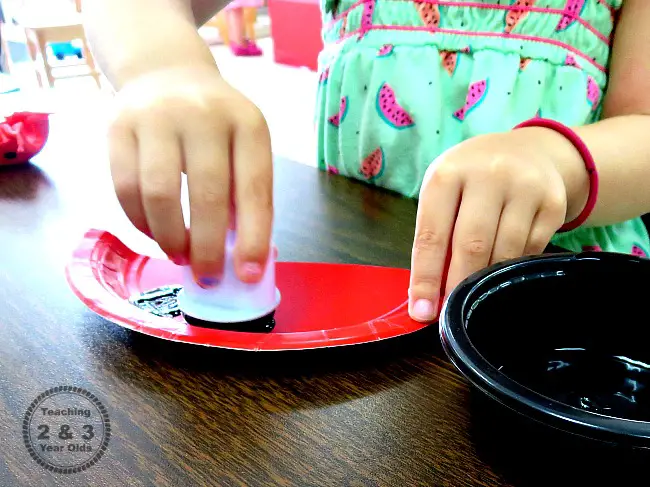
Get crafty with this ladybug activity from Teaching2and3YearOlds.com. This is a fun way to practice various numbers up to 10. For this activity, you will need paper plates, paint, yarn, googly eyes, construction paper, and tape or glue.
Use red paper plates or paint white plates with red paint, then let dry. Then add black spots to the ladybug. You can tell your child(ren) how many spots to paint or give them the freedom to choose. Again, let the paint dry. Cut a circle for the head from the construction paper and provide lengths of yarn for the ladybug’s legs. Make a number line on a plain piece of paper to practice one-to-one correspondence and also providing proper spacing. Have kids lay out the correct number of yarn pieces and tape or glue them to the back of the plate. Turn the plate over and add the circle for a head and googly eyes. Repeat as often as you desire or until your walls are covered with ladybugs.
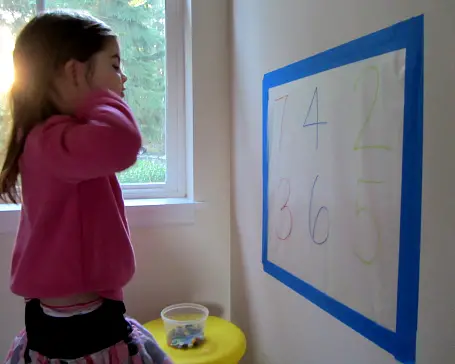
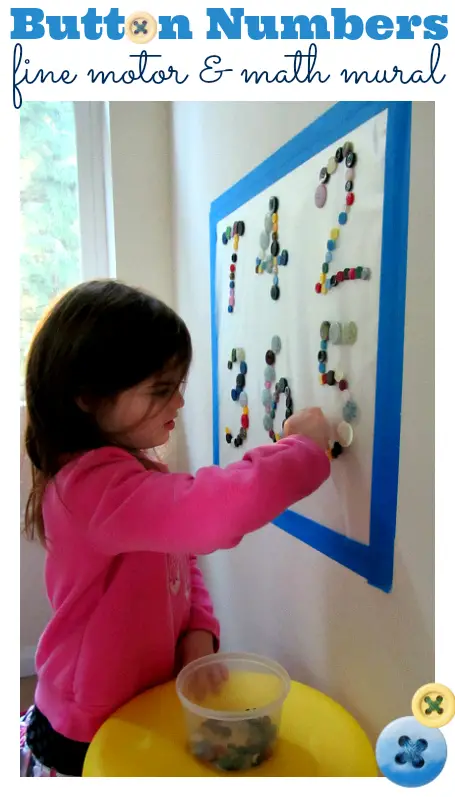
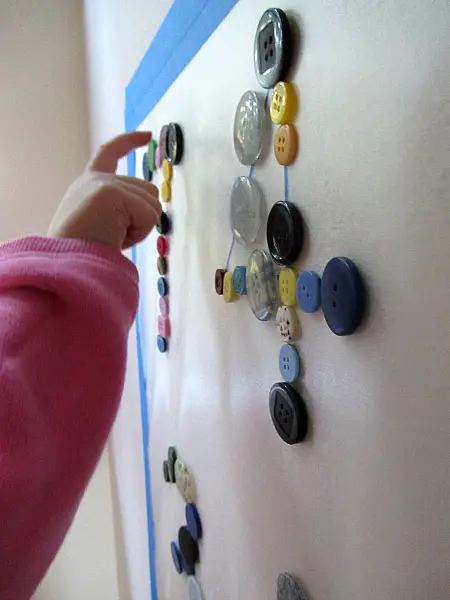
Instead of putting artwork on the wall, make the wall into artwork while practicing numbers with this number mural idea from NoTimeForFlashcards.com.You will need contact paper, painter’s tape, a marker, and buttons (or other small manipulative). Start by creating a canvas on the wall. Cut a large piece of contact paper and attach to the wall using the painter’s tape to form a “frame”.
Write various numbers on the paper and allow your child to stick buttons to the tacky side of the contact paper to “trace” each number. The buttons can be removed and used again, if desired. Let kids lead the activity by choosing buttons of different colors and sizes to cover the lines of the number.
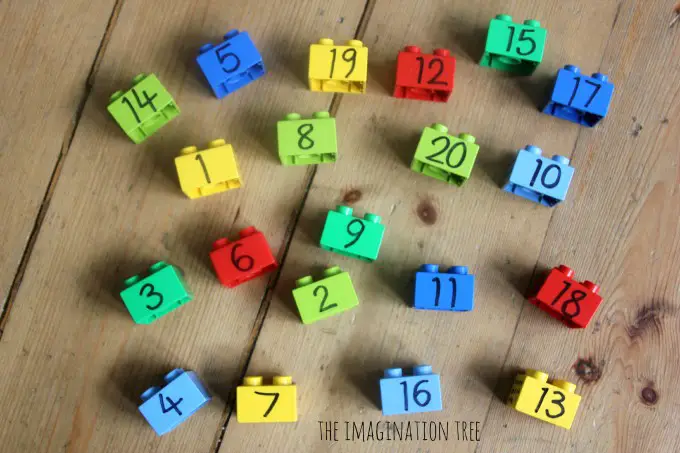
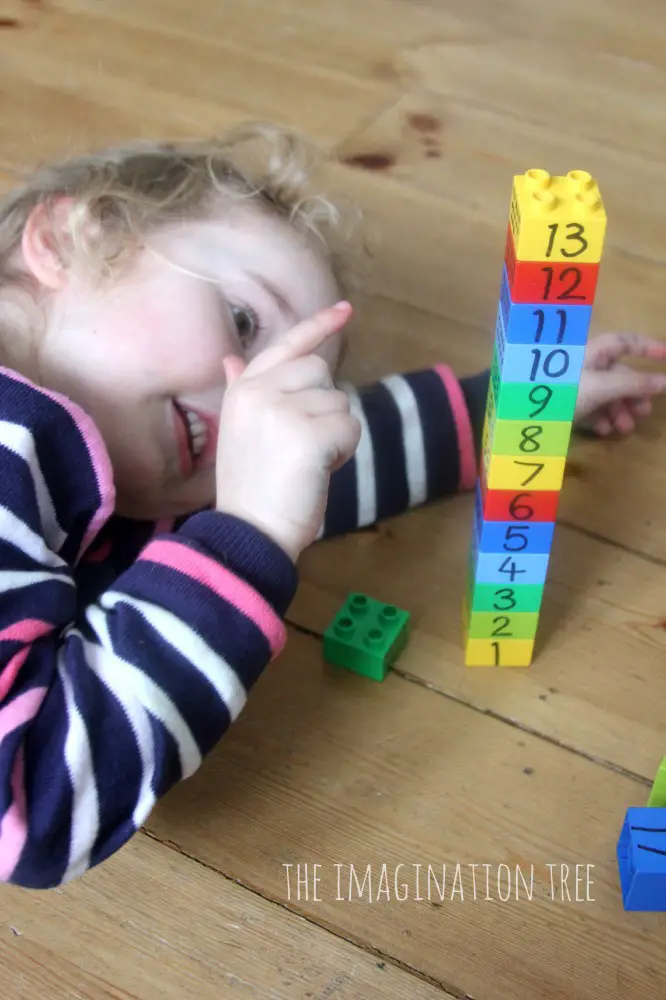
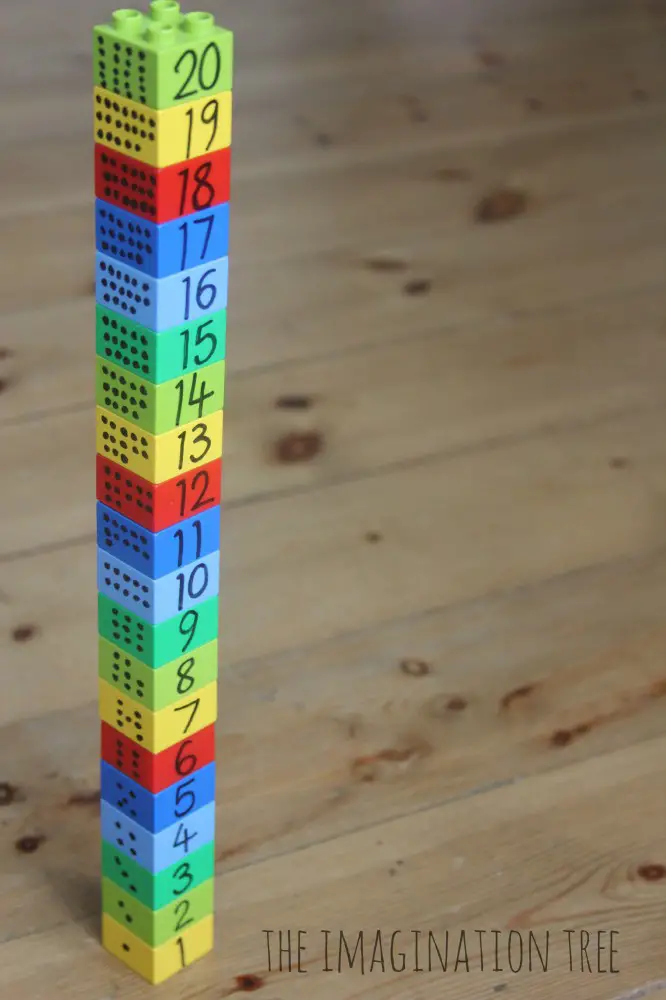
Legos are the ultimate toy for versatility and fun. You likely already have many of them laying around. All you need is to take a marker and write numbers on one side of the Lego and dots on the other.
This is an easy way to add practice with items you likely already have at home, plus kids love playing with Legos so this is a win all the way around. Kids can practice putting them in the correct order and can also use them for adding as they advance their skills. This counting activity with Legos from TheImaginationTree.com is also great for practicing number bonds and forming 2-digit numbers.
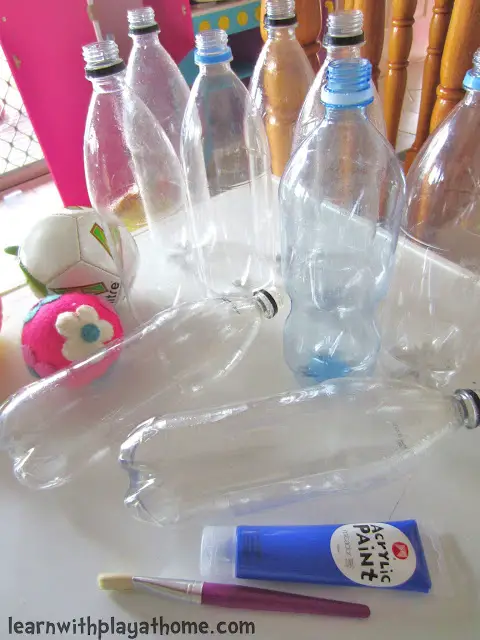
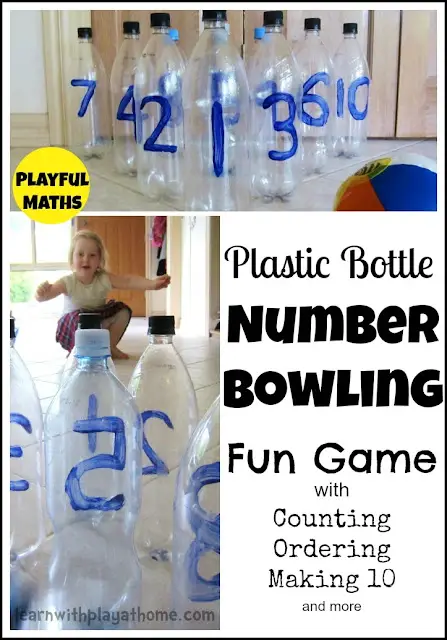
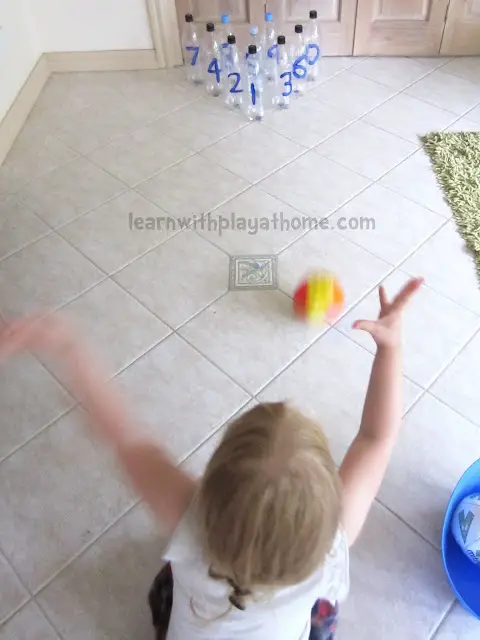
Set up a bowling game to help kids practice the numbers 1-10. You will need a paintbrush, plastic bottles, balls, and paint. Paint one number on each bottle and put them in order starting with the 1 as the headpin. Have your child roll a ball and try to knock over as many pins as possible. Remove the fallen pins and allow them to throw a ball a second time. Each time, have the child count how many pins have fallen and how many are still standing.
When resetting, have the child set up the pins in the correct order and count as they go. You can even add a written component to this by having the child keep track of how many they knocked down each time. This number bowling activity from LearnWithPlayAtHome.com works on one-to-one correspondence, number writing, counting, and number recognition.
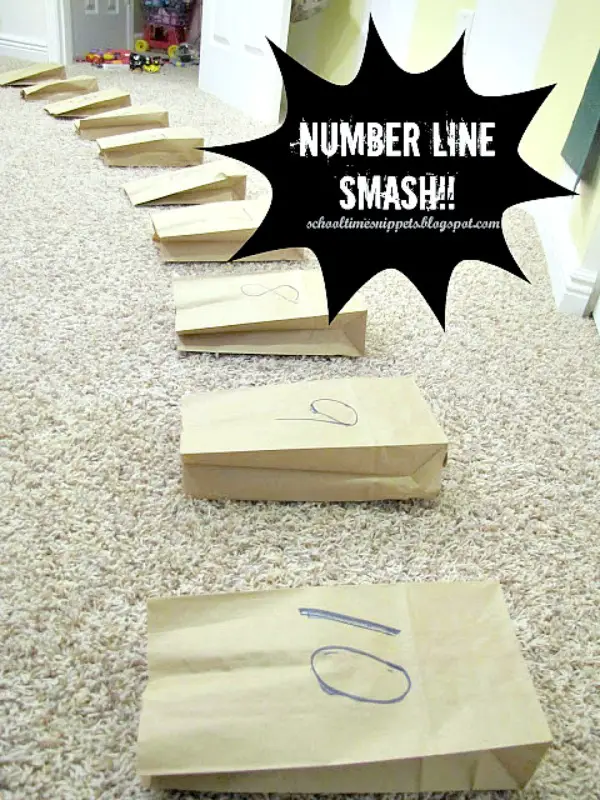
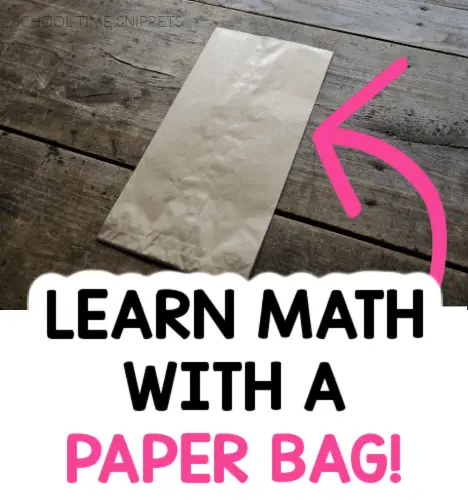
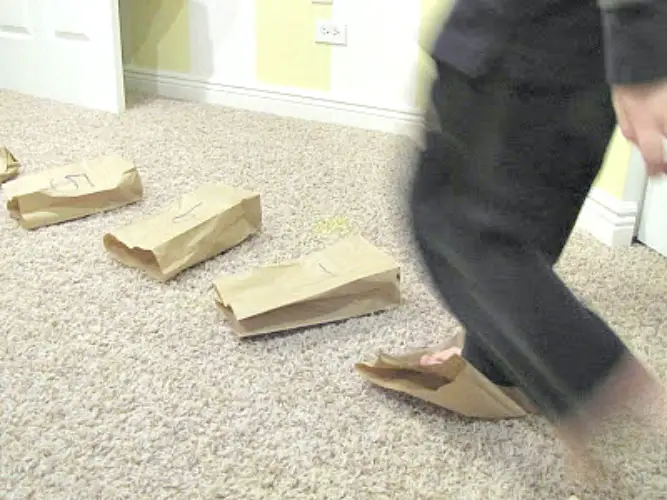
Movement and kids are a great combination. This activity lets kids not only practice numbers but also stomp on paper bags. What could be more fun? The only materials you need are paper bags and a marker. Write one number from 0-10 on each paper bag. This can be used as a simple number recognition activity or have kids add 2 numbers together and stomp on the answer.
Call out a number or addition fact and have the child stomp on the correct answer. For addition or subtraction facts, have them start at one number and stomp on each bag forward or backward until they reach the correct answer. This count and smash activity from SchoolTimeSnippets.com is also an excellent way to practice skip counting.
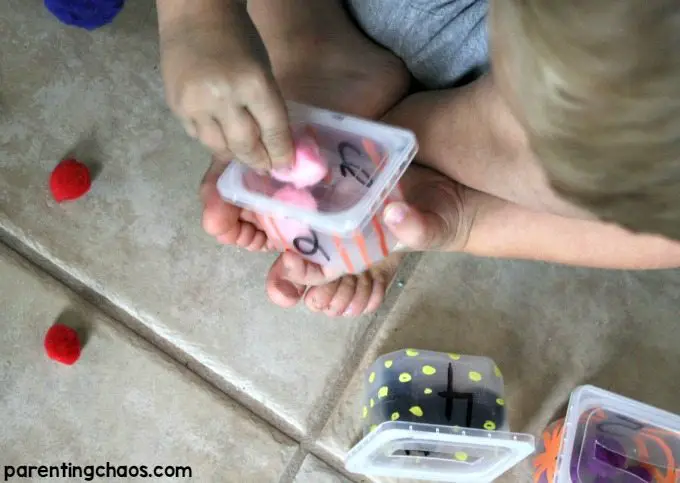
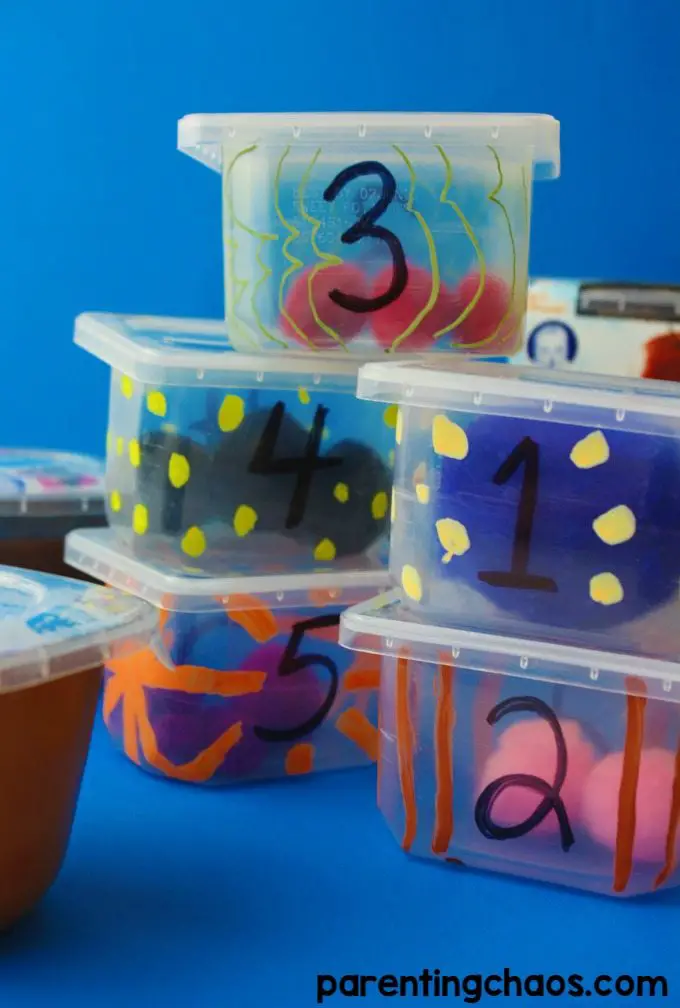
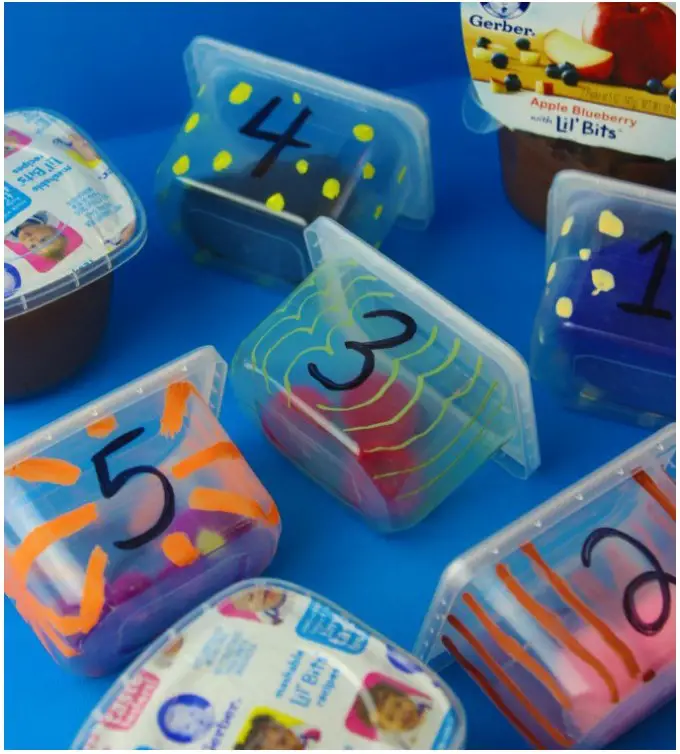
This fill the box activity from ParentingChaos.com is perfect for practicing counting skills and one-to-one correspondence. This activity requires small boxes (those from baby or toddler foods are ideal, just remove the labels, wash and rinse), markers, an Exacto knife, and small items (like poms, cotton balls, coins, buttons, etc.) to count.
Cut a hole in the top of the box big enough for the small items to fit through. Next, write numbers on the side of your container. Make these as colorful or decorative as you desire. Put the lids on the containers and instruct the child to add the number of items indicated on each box. When they are finished, open each box and count the items back to give them double practice!
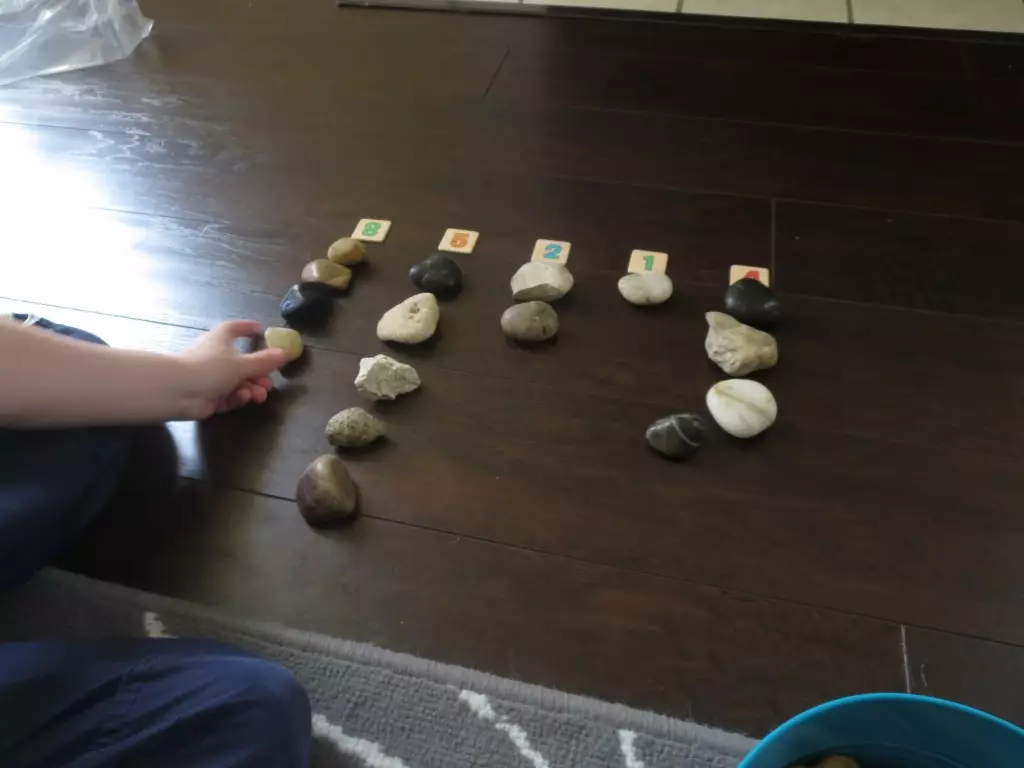
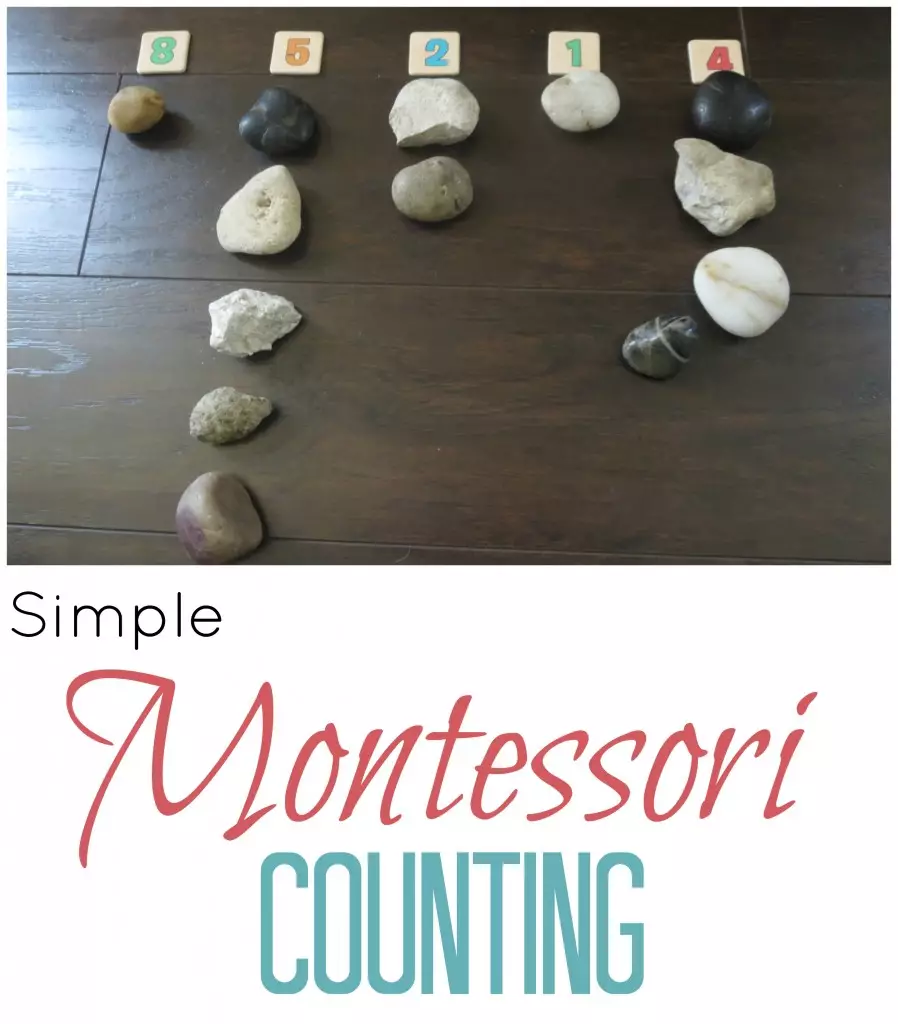
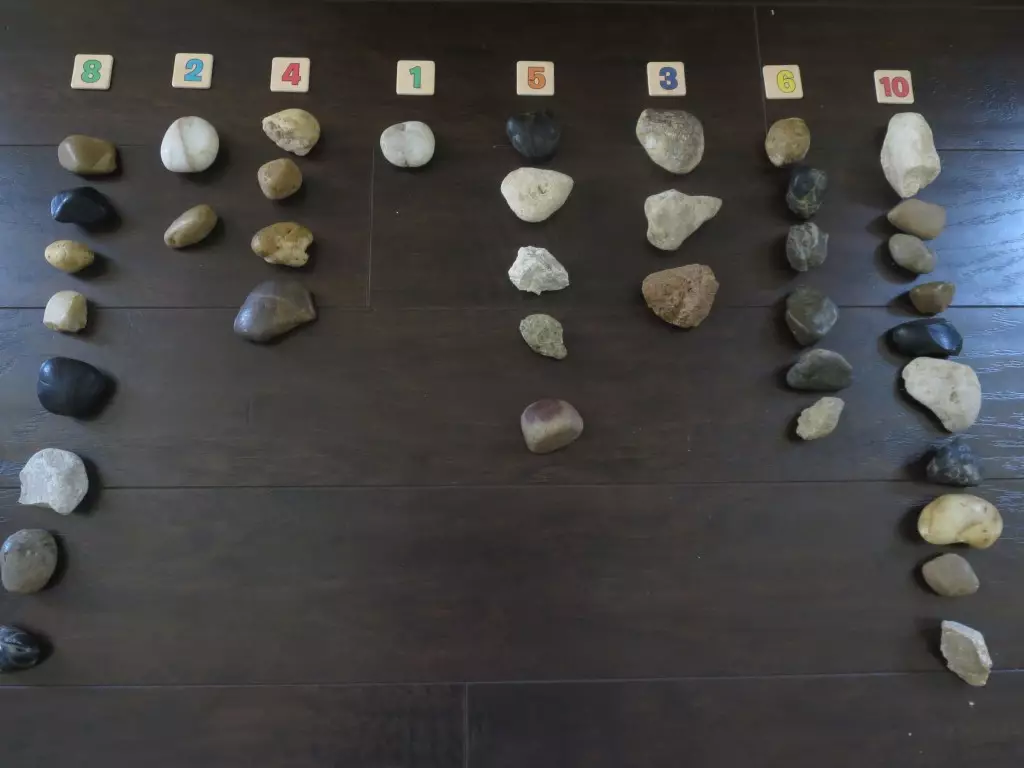
Montessori activities are typically child-led and involve manipulatives and/or movement. Write or find numbers (magnets, blocks, etc) and lay them out in random orders. Provide a large number of small objects for your child to count. As an alternative, you can take the child to collect objects like leaves, rocks, or toy cars to use as a manipulative. This adds an additional component for your child.
Now, have the child place the correct number of objects next to each number. Placing the numbers out of order will help ensure the child can recognize the number as well as count the objects. This rock counting activity idea from MyMundaneAndMiraculousLife.com is easy, fun, and keeps kids moving.
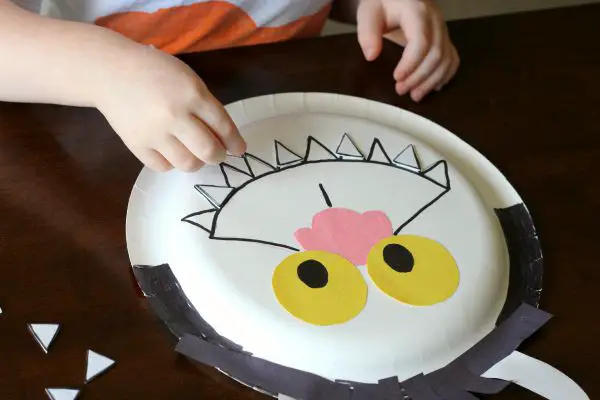
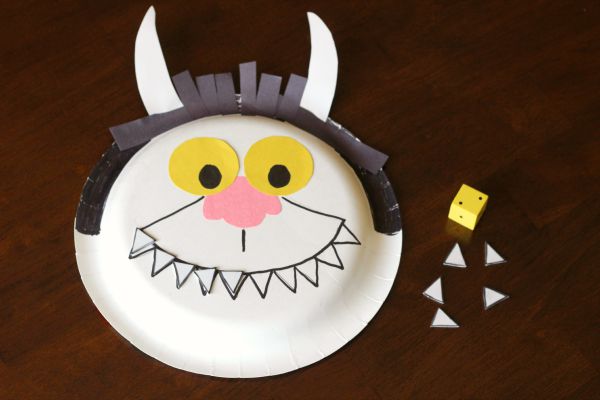
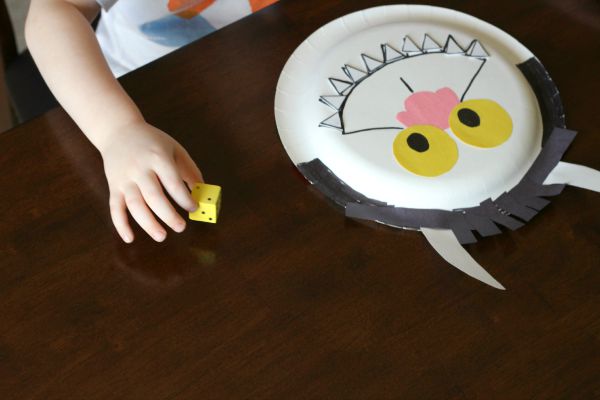
Where the Wild Things Are is an entertaining story you can read in class or at home. After reading the story, tie in this fun teeth counting game by FunLearningForKids.com. For this craft, you’ll need yellow, pink, black, and white construction paper, craft foam (or use more construction paper), a paper plate, a permanent marker, and a die to roll.
First, you’ll need to create the Wild Thing’s face using various colors as detailed in the attached article. Then, cut at least 6 teeth out of the craft foam, ensuring they are roughly the same size as the teeth on the plate. Have the child roll the die and place that number of teeth in the monster’s mouth. Remove the teeth and roll again. This can be done as many times as desired for practice.
Conclusion
The activities featured above are excellent ways to practice numbers with preschoolers. By using a variety of practice options, kids will learn quicker and retain skills. Be sure to allow kids the materials and freedom to move, manipulate, touch, and do. For very young children, play is a huge part of learning.
Use some or all of the activities on our list to teach your young child(ren) number recognition, correspondence, counting, and more. We hope you’ve found what you are looking for on the list above. Thanks for stopping by!


